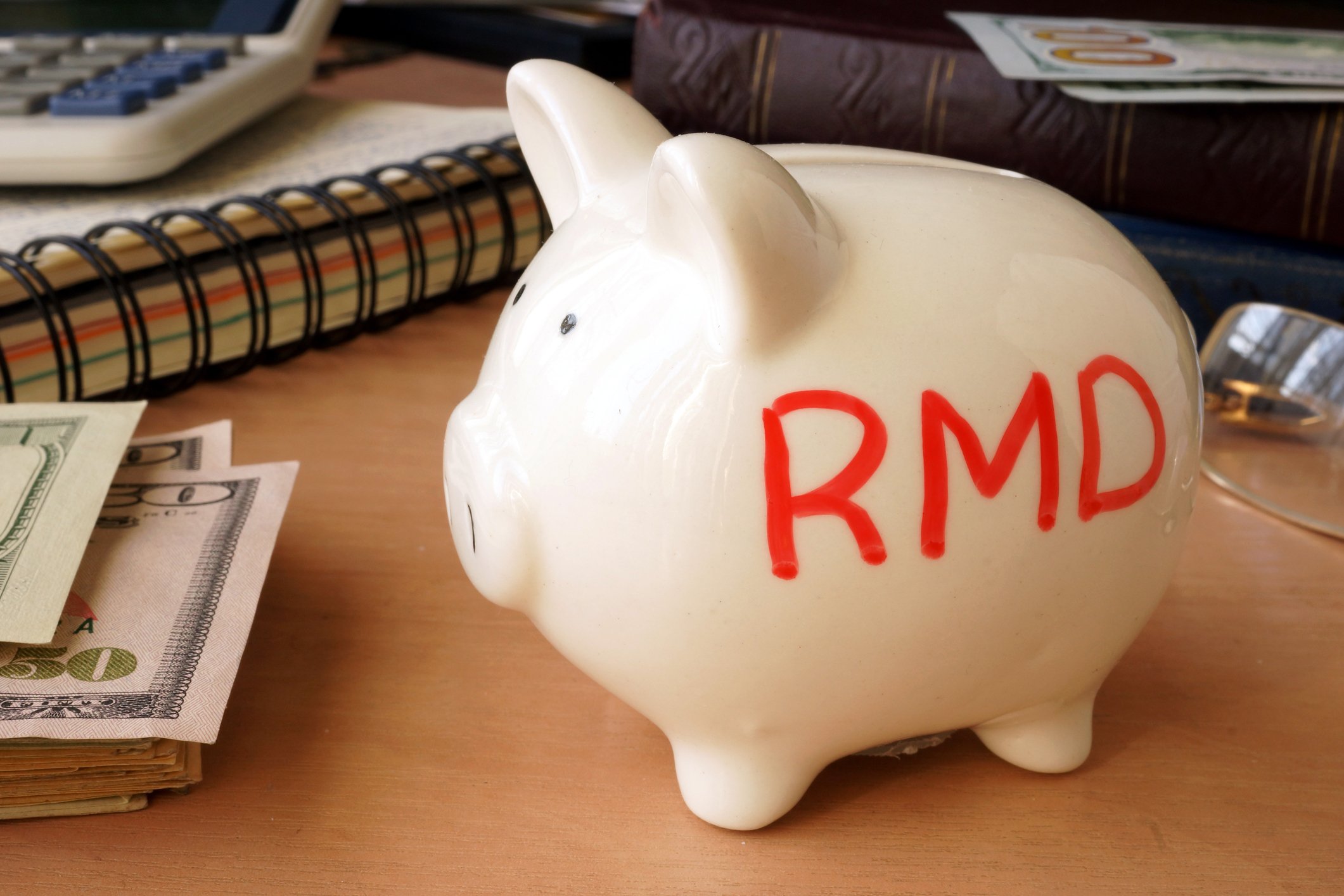More than half of Americans avoid the stock market at all costs, even though it's one of the most effective means of accumulating wealth. And while some of that avoidance boils down to a lack of available funds to invest, for others, it's a matter of fear. If the idea of putting your hard-earned cash into the stock market makes you shake in your boots, here are three ways to go about it.
1. Start small
It should go without saying that the more money you invest, the more wealth you'll accrue over time. But if you're a total investing newbie and aren't ready to put all of your cash in the stock market, don't. In fact, you're better off investing in modest increments, seeing which strategies work for you, and growing comfortable with the idea before putting the bulk of your savings into stocks.

IMAGE SOURCE: GETTY IMAGES.
If you take the plunge before attaining that comfort level, and the market takes a dip -- which it's statistically likely to do at some point -- you'll be more likely to act impulsively out of fear and lose money in the process. So if, for example, you have $10,000 at your disposal, try investing $1,000 a month, or every other month, and working your way up over time.
2. Choose companies whose businesses you understand
It's hard to ace an advanced physics test when you've never so much as googled Albert Einstein. Similarly, you'll have a harder time succeeding in the stock market if you invest in companies whose business models baffle the heck out of you. Rather than buy stocks simply because they come recommended, or because you've seen their company names in the news, invest in businesses whose means of turning a profit actually make sense to you.
Better yet, go out of your way to choose companies whose products or services you've researched, and perhaps even own or utilize yourself. For example, if you're a Costco member, and you tend to spend weekends wandering around those massive warehouses, it might pay to invest in that unique and potentially cost-effective shopping experience.
Now this isn't to say that you should buy up companies whose products you use without doing any research. You'll want to look at factors such as earnings and growth potential, among others. But knowing how the business works is a critical starting point.
3. Diversify with ETFs
If choosing individual stocks is a worrisome prospect, you may be better off going the ETF route. Exchange-traded funds, or ETFs, are securities that track specific market indexes. Like individual stocks, they trade publicly, only with an ETF, instead of investing in specific companies one at a time, you're investing in a bucket of businesses. This diversification can help protect you from the losses you might incur if you buy an individual stock and that company then reports extremely poor earnings, or gets caught in a major scandal.
If you're brand new to the market, you might consider the Vanguard S&P 500 ETF (VOO +0.19%), whose performance is tied directly to that of the S&P 500 itself. That way, when the S&P goes up, so does your investment.
You can also buy ETFs based on your specific area of knowledge or interest. For example, if you're interested in biotech, you might consider the iShares NASDAQ Biotechnology ETF (IBB 0.55%). There's plenty to be gained by purchasing ETFs rooted in the sectors you're familiar with, so it pays to do your research and see what's out there.
Why invest in the first place?
If you've gotten this far, you be may wondering why it's so crucial to invest your money in the stock market at all. Sure, a higher return might seem nice, but how much of a disadvantage will you really be at if you keep your money in the bank?
The answer is: a big one:
|
Average Annual Investment Return |
Total Accumulated Over 30 Years (Assumes $500 Monthly Investment) |
|---|---|
|
1% (savings account) |
$209,000 |
|
3% (mostly bonds) |
$285,000 |
|
5% (stocks and bonds) |
$398,000 |
|
7% (mostly stocks) |
$567,000 |
Data source: AUTHOR.
Look at the difference between putting $500 a month into a savings account for 30 years, versus investing that money differently. If you stick to safer investments such as bonds, you might come away with an average annual 3% return, which offers some growth on your money, though not a ton. Similarly, if you split your money between stocks and bonds, you might average 5% a year over time, which will help you more than double your initial investment.
But watch what happens when you go heavy on stocks. In our example, we're tripling our out-of-pocket $180,000 investment ($500 a month x 30 years) by taking a stock-focused approach. In fact, that 7% return is a few points below the stock market's historical average, which means that the aforementioned total is somewhat conservative based on the investment dollars at play.
The point here is that investing in the stock market is not only the most effective way to grow your wealth, but it's also the smartest way to build a nest egg that can successfully outpace inflation. So if you've been avoiding the stock market out of pure fear, don't continue down that money-losing path. Learn the basics, start small, and develop an approach you're comfortable with. You'll be thankful for it down the line.





